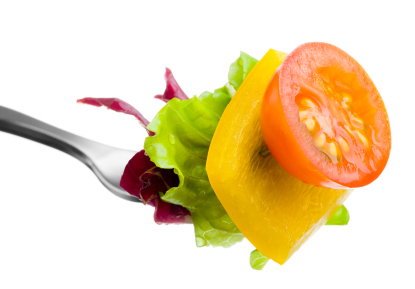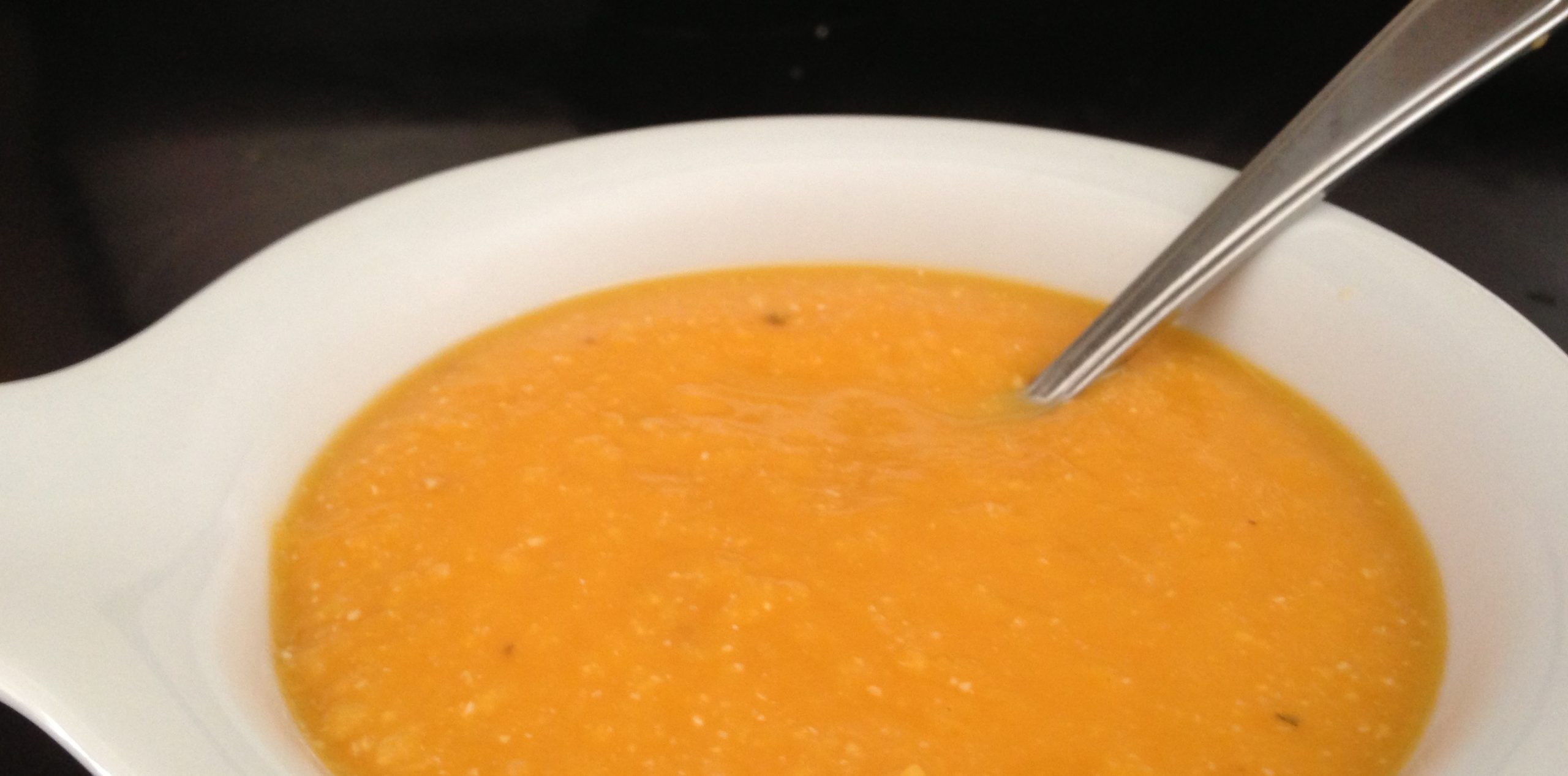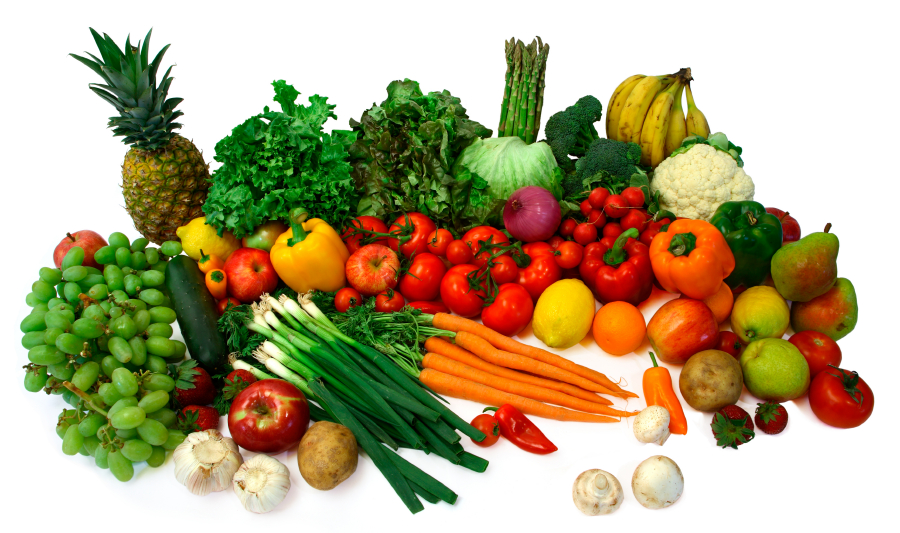
Off Season Nutrition for Athletes
October 31, 2015
Cauliflower Butternut Squash Soup
November 21, 2015I repeatedly say this to all my clients- try to increase variety in the diet and eat a rainbow of foods, particularly fruits and vegetables each day. Sticking with the same foods each day or the same colour group will make you food boring, plus the colour of the food comes with special bioflavanoids and phytochemicals that are key to proper health and a good immune system. Here are some examples:
Red
Examples: apples, beets, cherries, cranberries, grapes, papaya, grapefruit, radicchio, radishes, raspberries, red pepper, red onions, rhubarb, strawberries, tomatoes, watermelon
Benefits- Lycopene is a red carotenoid with powerful antioxidant properties that help with heart heath and may protect against cancer. Red foods are also high in vitamin C. Additionally, these phytonutrients support prostate, urinary tract, and DNA health. Protective effect against cancer and heart disease. Some phytonutrients represented include lycopene, ellagic acid, quercetin, hesperidin, anthocyanidins.
Yellow /Orange
Examples: apricots, cantaloupe, carrots, clementine, mangoes, nectarine, oranges, orange pepper, papayas, peaches, persimmon, pumpkin, rutabagas, squash, sweet potato, tangerine, bananas, corn, lemons, pineapples, plantains, starfruit, yellow pepper, yellow wax beans
Benefits- Beta-cartotene is converted to vitamin A which is an antioxidant essential for skin, bones and teeth. Other yhytochemicals common in yellow and orange foods include alpha-carotene, beta-cryptoxanthin, lutein/zeaxanthin, and hesperidin.
Purple/ Blue
Examples: black currants, blackberries, blueberries dates, plums, eggplant, figs, grapes, purple cabbage
Benefits: Anthocyanins, resveratrol, phenolic and flavanoids act like antioxidants to help protect cells from damage, are good for you heart and bones and help with brain function including cognitive benefits and improved memory.
Green
Examples: Artichokes, arugula, asparagus, avocado, bok choy, Brussels sprouts, celery, cabbage, cucumber, green apples, grapes, green beans, green pepper, green onion, kale, kiwi, leeks, limes, peas, okra, snow peas, spinach, swiss chard, zucchini, collard greens
Benefits: Chlorophyll helps to detoxify the body and provides antioxidants for eye health, cellular health, arterial function, liver function. Some phytochemicals found in green foods include epicatechins, isothiocyanate, lutein, zeaxanthin, isoflavones, flavonoids, and coumestans. Many greens also offer minerals such as iron and calcium and magnesium.
White:
Examples: bean sprouts, cauliflower, garlic, mushrooms, onions, pears, parsnips, potatoes, turnips
Benefits: Supports healthy bones and circulatory system and may help reduce the risk or fight heart disease and cancer. Phytochemicals in these foods include allicin, quercetin, indoles, and glucosinolates.
Don’t forget about spices!
Many spices and even flowers can add flavor and a healthy dose of phytonutrients to your diet. A few examples of phytonutrients in spices include luteolin (found in oregano, sage, thyme, and celery seed), and apigen, found in parsley.




